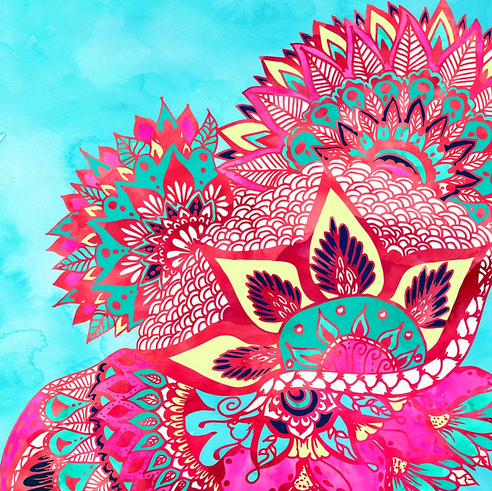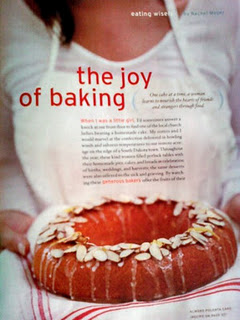(YogaDork)
I don’t know a single woman who’s never been sexually harassed, or worse. “Me too,” of course. Duh.
It is a part of growing up female.
You learn to clench your jaw and walk faster and stare straight ahead and just get away as quickly as you can, before the cat-caller or the construction worker or the guy following you can catch up.
And it’s as endemic to the yoga world as it is to the film world, or the political world, or the finance world.
When I teach the history of yoga, in particular the evolution of yoga in the 20th century, it’s a history of sexual predators. (Overwhelmingly) male gurus who employed their social capital for sex, manipulation, emotional abuse, you name it.
The last time I taught it, as I flipped through slide after slide of influential contemporary teachers, Pattabhi Jois and John Friend and Bikram and others whose abuses of power are still less public-knowledge (for now), the students just shook their heads in disbelief.
(“Him, too?” “Yeah, he’s in trouble for sex scandals, too. Next slide. Oh yes, him, too.”).
The shadow is real.
I have seen it myself.









